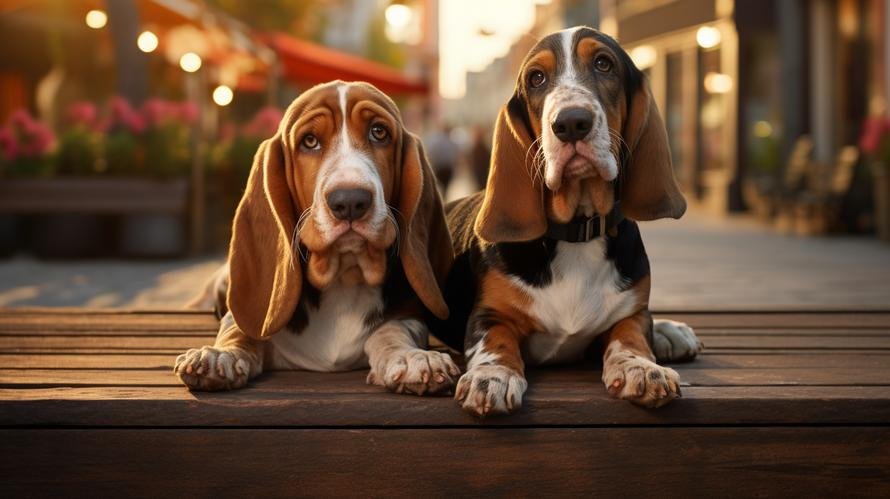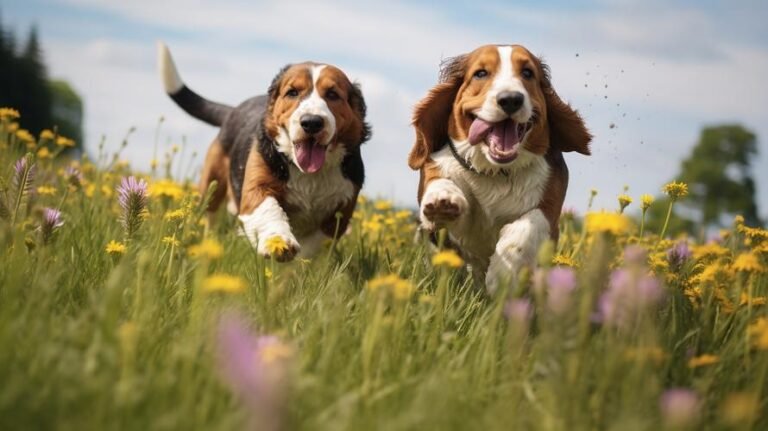Imagine a fearless hunter, a dog bred for the dense thickets of France’s Vendeen region, capable of trailing rabbits and hares with unshakeable tenacity. So, what do we have here? The daring, comical, and compact Petits Bassets Griffons Vendeen — fondly known as the PBGV. With a rough, tousled coat and a twinkling, mischievous eye, this little breed is often the center of attention, but for guarding? Let’s plunge into the life of this delightful breed and uncover the secrets that lie within its shaggy exterior.
First up, it’s no secret that the PBGV is remarkably outsized in personality, relatively to their stature. Standing a mere 13 to 15 inches at the shoulder, these sturdy little hounds are part of the Hound Group. Their history is fascinating, as they trace their roots back to the 16th century, having been developed to hunt game in the rough and rocky terrain of the Vendeen region. They share ancestry with their larger cousins, the Grand Basset Griffon Vendeen, but the PBGV was bred for a slightly different purpose.
What’s in an Acronym? The PBGV’s Hunting Heritage
The mystique of the PBGV isn’t limited to their peculiarly long name. ‘Petits’ denotes their small size, ‘Bassets’ refers to their low stature, ‘Griffons’ to their rough, wiry coat, and ‘Vendeen’ to their region of origin in France. Hunters cherished these dogs for their pluck. Their coarse double coat, consisting of a thick undercoat and harsh outer coat, not only provided protection from dense underbrush but also from inclement weather conditions.
Pack hunting is ingrained in the PBGV’s DNA, which means they are instinctively sociable and love to work as a team. Their hunting style is to chase the prey after picking up the scent, making them relentlessly vocal during the pursuit. The PBGV’s bark, robust and assertive, can be heard over long distances and through thick cover, an essential trait for hunters following on foot.
A PBGV as a Protector? Let’s Assess Their Guard Dog Potential
When considering whether the PBGV can serve as a reliable guard dog, we must look at the key attributes that define an effective guardian of the home. Traditional guard dogs boast an amalgam of courage, loyalty, territorial instinct, and a notable size or intimidating bark.
As a breed, PBGVs are not inherently aggressive or territorial, but they do score on alertness and vocalization. They often announce visitors with a robust bark, which may initially deter an intruder. However, their size might not be as daunting, and their friendly and spirited nature can lead them to greet an unwelcome guest with the same enthusiasm as a cherished family member. But their affability should not be mistaken for a lack of intelligence or courage.
Training Matters!
While the PBGV might not have a natural predisposition to guard, with proper training they can still be conditioned to be more vigilant and discerning in their interactions with strangers. A PBGV that is well-trained in basic obedience is naturally going to be more responsive to their owner’s commands, which is a beneficial trait in any situation that might require a level of protection.
An Exercise in Vigilance
One thing to note is that PBGVs require ample mental and physical stimulation. Their hunting instincts may drive them to chase small animals or follow fascinating scents, potentially leading them away from their guarding post if not properly exercised and engaged. Ensuring that your PBGV has plenty of playtime and puzzles can be just as important to their ability to be attentive and alert as any guard-specific training.



